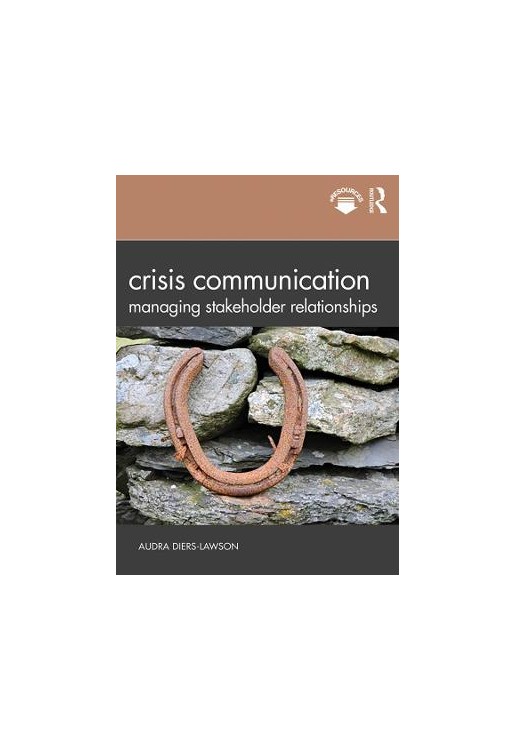Crises come in many shapes and sizes, including media blunders, social media activism, extortion, product tampering, security issues, natural disasters, accidents, and negligence – just to name a few. For organizations, crises are pervasive, challenging, and catastrophic, as well as opportunities for organizations to thrive and emerge stronger.
Part 1: Crisis communication and the stakeholder relationship management perspective. 1. Introducing crisis communication as a field of practice. 2. Situating crisis communication within the fields of public relations and management. 3. The stakeholder relationship management perspective on crisis communication. Part 2: Issue factors: Evaluating stakeholders, risks, and crisis types. 4. The importance of managing complex and changing organizational environments. 5. From friends to frenemies: Mapping an organization's stakeholders. 6. Playing the blame game to classify types. Part 3: Internal stakeholders and organizational factors: Evaluating the organization's crisis capacity. 7. Defining crisis capacity in a modern environment. 8. Building crisis capacity from the inside out. 9. The leadership challenge for organizations in crisis. Part 4: Stakeholder factors: Shifting from the inside out. 10. The missing link of stakeholder attitudes to understand crisis communication. 11. Issue-related attitudes influencing stakeholder reactions to crises. 12. Organization-related attitudes influencing stakeholder reactions to crises. Part 5: Message factors: Crisis response that focuses on stakeholder needs. 13. The realities of crisis response in multi-platform, multi-actor environments. 14. One size seldom fits all: A taxonomy of crisis response tactics. 15. Comparing theories of crisis response. 16. Strategically planning crisis response messages. Part 6: Shaping crisis outcomes: What do crises mean for organizations? 17. Agenda setting: The intersection of multi-actor environments and media engagement during crises. 18. Learning their lessons? Crisis outcomes and crisis-driven organizational change. 19. Measuring behavioral outcomes to crises.




